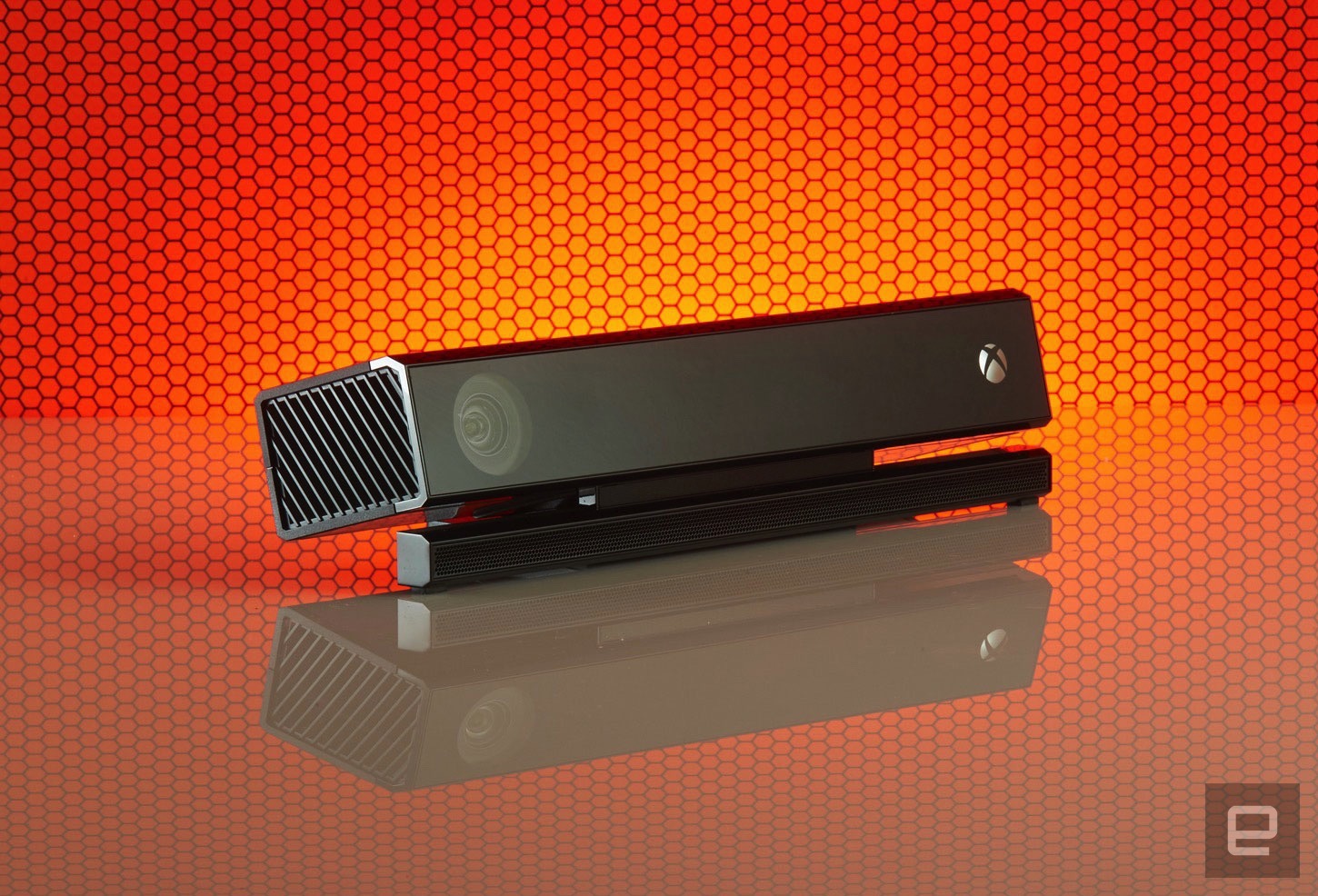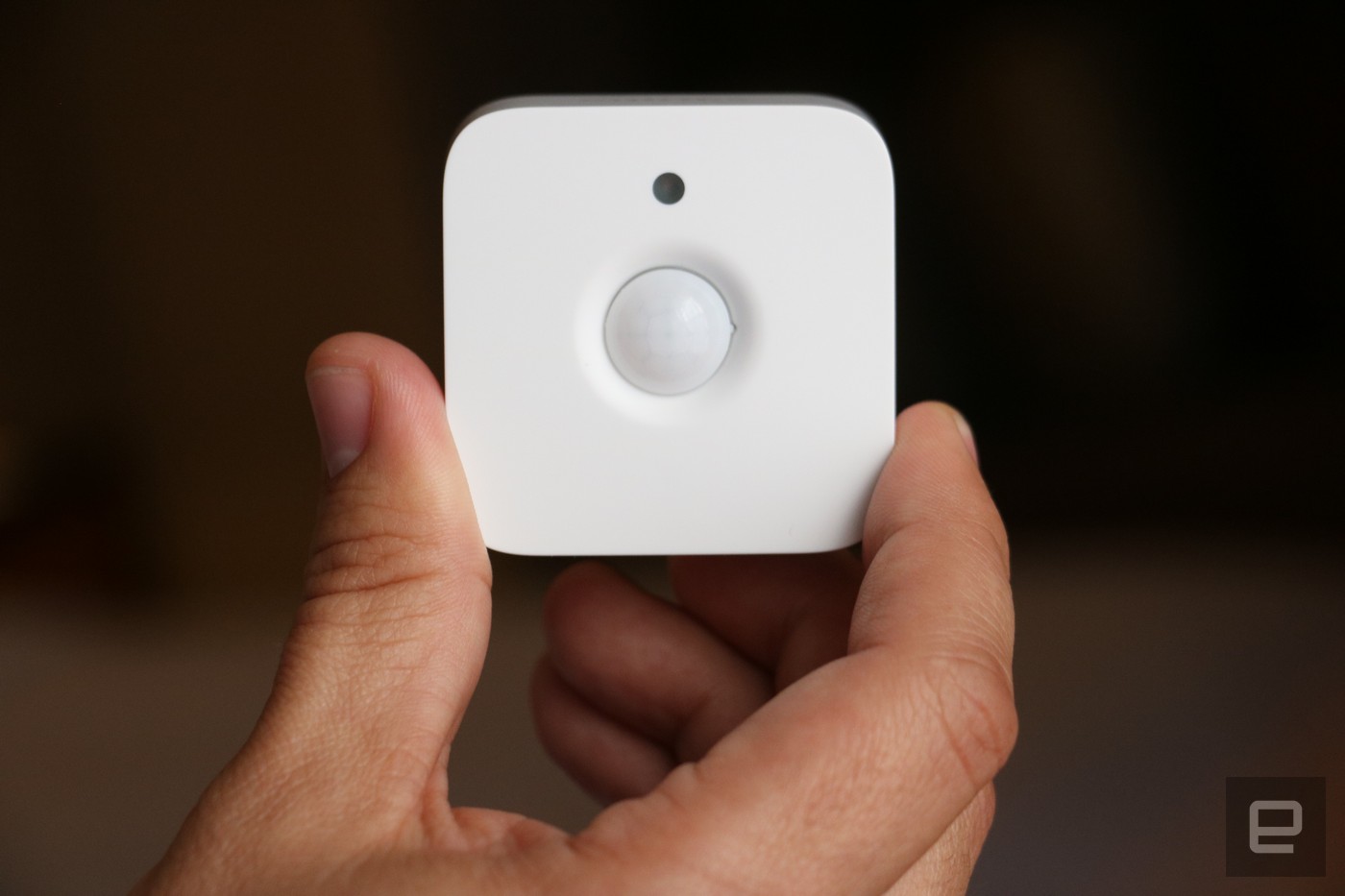
One way that sensors can track your position without using an array of satellites is by measuring your acceleration as you move around -- but unless you're piloting a jumbo jet, current devices aren't very accurate. Researchers at Caltech hope to change all that with a new, ultra-sensitive accelerometer they developed, which uses laser light to detect motion changes. The scientists managed to shrink a so-called large-scale interferometer down to micro-scale sizes, creating a device "thousands of times faster than the most sensitive sensors used today." That could allow a smartphone with such a micro-sensor to detect your exact position even while inside a grocery store, and flash "ads and coupons for hot dog buns" while you're in the bread aisle, according to Caltech. All that sounds good, but we can perhaps think of more inspiring uses for the new tech.
Filed under: Cellphones, Science, Alt
Caltech laser accelerometer research may bring fine-tuned position tracking, grocery ads originally appeared on Engadget on Fri, 19 Oct 2012 13:44:00 EDT. Please see our terms for use of feeds.
Permalink  Tech Eye
Tech Eye |
 Caltech
Caltech |
Email this |
Comments
 The Kinect is officially dead. But the reality is that Microsoft signed the do-all sensor's fate years ago. Faced with slumping hardware sales in 2014, then-new Xbox chief Phil Spencer had a decision to make. Either Microsoft would drop the price of...
The Kinect is officially dead. But the reality is that Microsoft signed the do-all sensor's fate years ago. Faced with slumping hardware sales in 2014, then-new Xbox chief Phil Spencer had a decision to make. Either Microsoft would drop the price of...
 The Kinect is officially dead. But the reality is that Microsoft signed the do-all sensor's fate years ago. Faced with slumping hardware sales in 2014, then-new Xbox chief Phil Spencer had a decision to make. Either Microsoft would drop the price of...
The Kinect is officially dead. But the reality is that Microsoft signed the do-all sensor's fate years ago. Faced with slumping hardware sales in 2014, then-new Xbox chief Phil Spencer had a decision to make. Either Microsoft would drop the price of...
 So you have your home all decked out with some sweet smart lights that you can control with your phone. Big deal. True convenience is when your lights turn on exactly when you need them to, without you even lifting a finger. And Philips' new motion s...
So you have your home all decked out with some sweet smart lights that you can control with your phone. Big deal. True convenience is when your lights turn on exactly when you need them to, without you even lifting a finger. And Philips' new motion s...
 You don't want to stand in front of an X-ray machine for any longer than necessary, and scientists have found a clever way to make that happen: the Kinect sensor you might have picked up with your Xbox. Their technique has the depth-sensing camera m...
You don't want to stand in front of an X-ray machine for any longer than necessary, and scientists have found a clever way to make that happen: the Kinect sensor you might have picked up with your Xbox. Their technique has the depth-sensing camera m...




